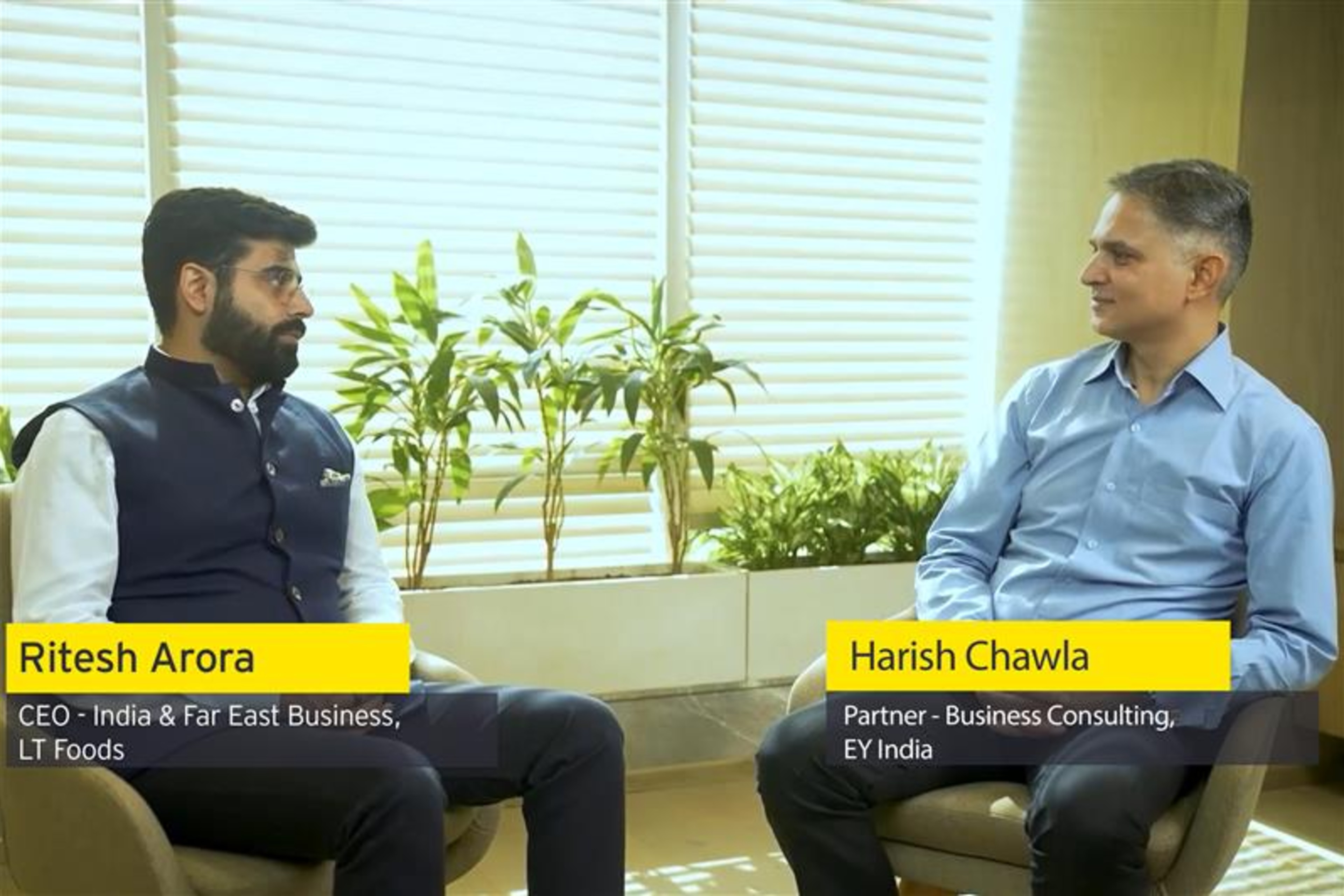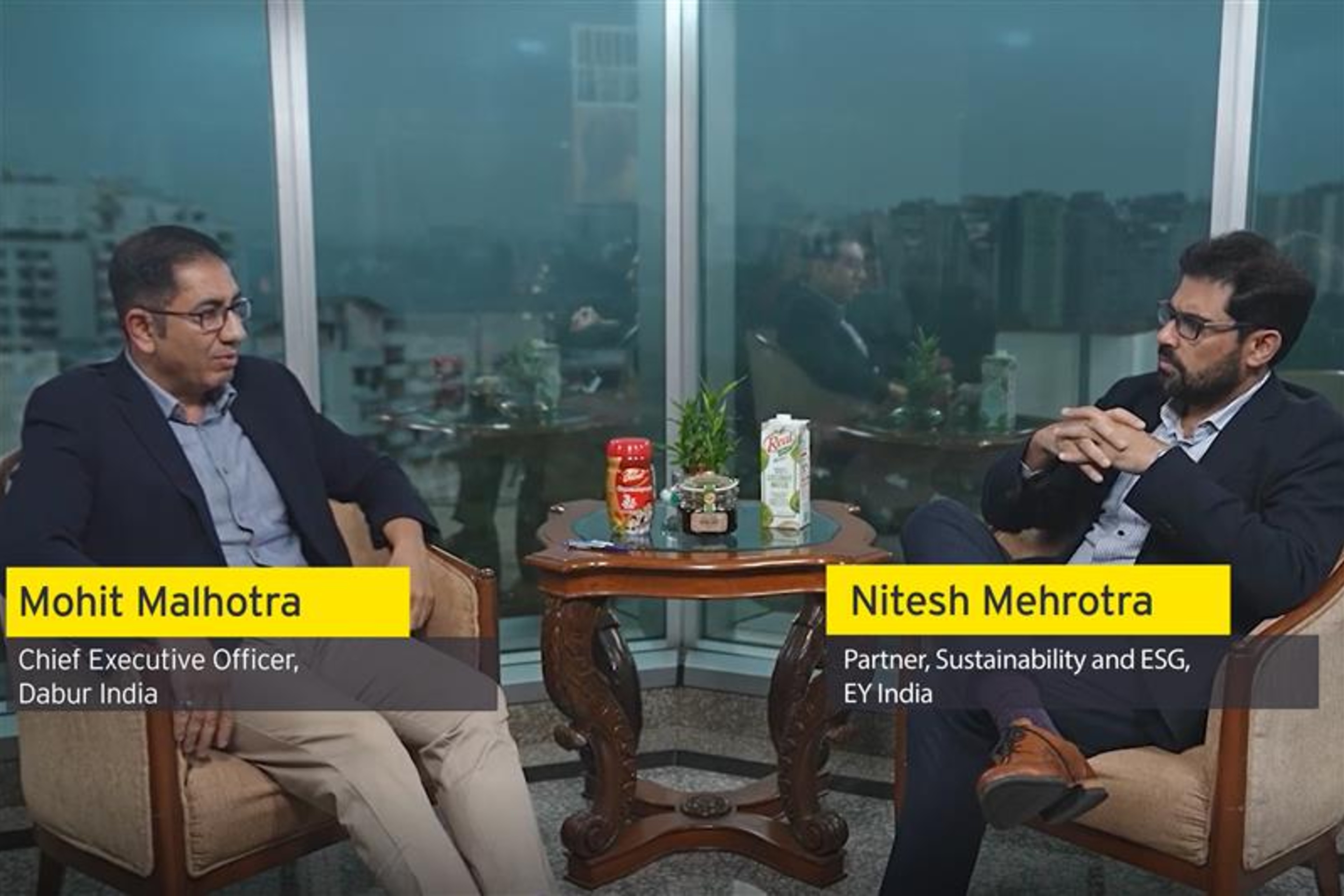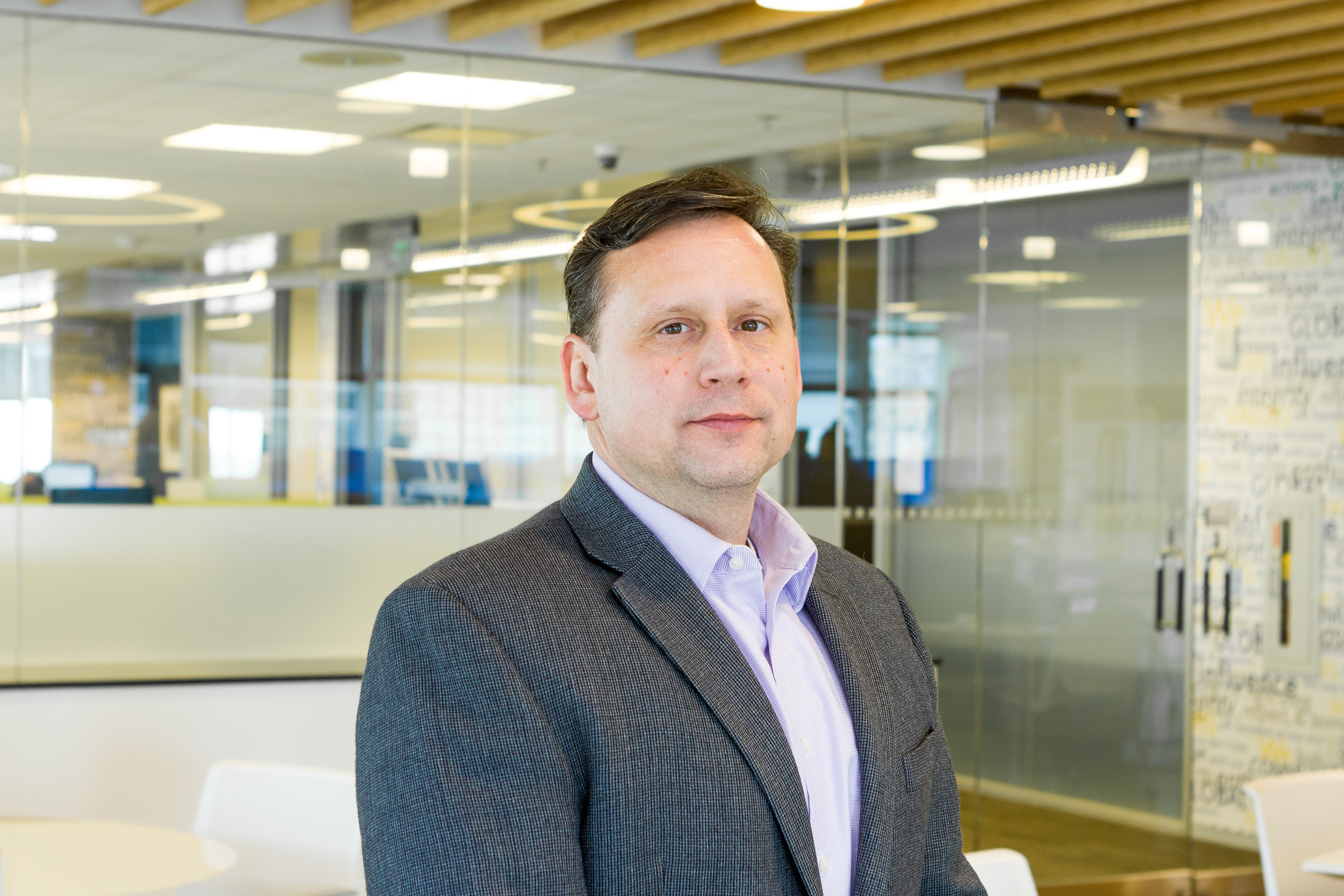EY refers to the global organization, and may refer to one or more, of the member firms of Ernst & Young Global Limited, each of which is a separate legal entity. Ernst & Young Global Limited, a UK company limited by guarantee, does not provide services to clients.

Can divesting what holds you back move your strategy forward?
The 2021 EY Global Corporate Divestment Study shows that companies need a stronger link between strategy and divestments to drive long-term value.
Two questions to ask
- What KPIs and analysis should CEOs and CFOs use when looking at business units in their portfolios?
- How can the right divestment strategy help you strengthen and reimagine the remaining business?
The past year has underscored how quickly customer needs and technology requirements can change. Businesses that may have long been deemed critical to a portfolio could now unnecessarily be consuming resources and utilizing capital that should be deployed elsewhere. More companies than ever — 78% — say they continue to hold onto assets too long.
This year’s EY Global Corporate Divestment Study reveals that companies across the globe are failing to meet expectations for the price, timing and valuation multiple impact of divestments on the remaining business (RemainCo). Nearly 8 out of every 10 companies (79%) say their most recent divestment didn’t meet price expectations, while 56% globally say it did not generate the planned valuation multiple impact for RemainCo.
CEOs and CFOs can improve results by considering divestments as part of the company’s long-term strategy, rather than as one-off decisions driven by short-term financial concerns. With this strategic lens as the guide, there are three key ways executives can approach divestments:
- Develop a successful divestment strategy
- Elevate portfolio reviews
- Reimagine RemainCo
Part 1
Develop a clear view of how each business drives long-term value
Divestments should be more than just one-off decisions based on short-term financial factors.
Top considerations in divestment strategy:
- Have a clear view on each business’s market and underlying growth in demand, competitive advantage, alignment to the company’s vision and potential for long-term value creation from a financial, customer, people and societal standpoint.
- Pursuing divestments can help accelerate investments in technology, new products and geographies to meet customer needs and fuel new growth for RemainCo.
- Even a strong-performing business that does not fit with your corporate strategy might be tying up capital that could be better deployed on higher-impact investments. Communicating this can help rally stakeholders behind a decision to carve out or spin off a business.
Part 2
Leverage portfolio reviews to drive strategic divestment decisions
Portfolios should be reviewed at the business unit level to align with potential carve-out decisions.
Top considerations in portfolio reviews:
- Rigorously review the portfolio using a few key metrics related to how each business unit complements the enterprise strategy and contributes to total shareholder return through a combination of growth and return on invested capital.
- Take action once it’s clear a business should be divested, as the value of a business unit starved for investment can quickly erode.
- Evaluate strategic alternatives, including an asset-light approach, a staged exit or a joint venture with a strategic partner.
Part 3
Use the divestment as an opportunity to reimagine RemainCo
A large or highly entangled divestment is an opportunity to reimagine RemainCo while the organization is primed for change.
Top considerations in RemainCo growth opportunities:
- Divestments are a catalyst to challenge the status quo and reimagine RemainCo for the future because the organization is already mobilized for change and the operating model is being re-examined.
- Re-evaluating your purpose and vision may require a redesign of your enterprise business archetype to focus on product, market, value chain, function or a hybrid model.
- The operating model should be changed to support the new archetype. All aspects should be challenged, including processes, systems, assets, people and third-party vendors.
About the EY Global Corporate Divestment Study
The EY Global Corporate Divestment Study is an annual survey of C-level executives from large companies around the world, conducted by Thought Leadership Consulting, a Euromoney Institutional Investor company.
Results are based on an online survey of 1,040 global corporate executives and 27 global activist investors (conducted between January and March 2021), including companies from 11 industries, with 88% of respondents holding the title of CEO, CFO or other C-level executive.
Summary
Aligning bold divestment decisions with long-term strategy can help CEOs increase stakeholder value and reimagine the remaining business.
Related articles
How EY can help




